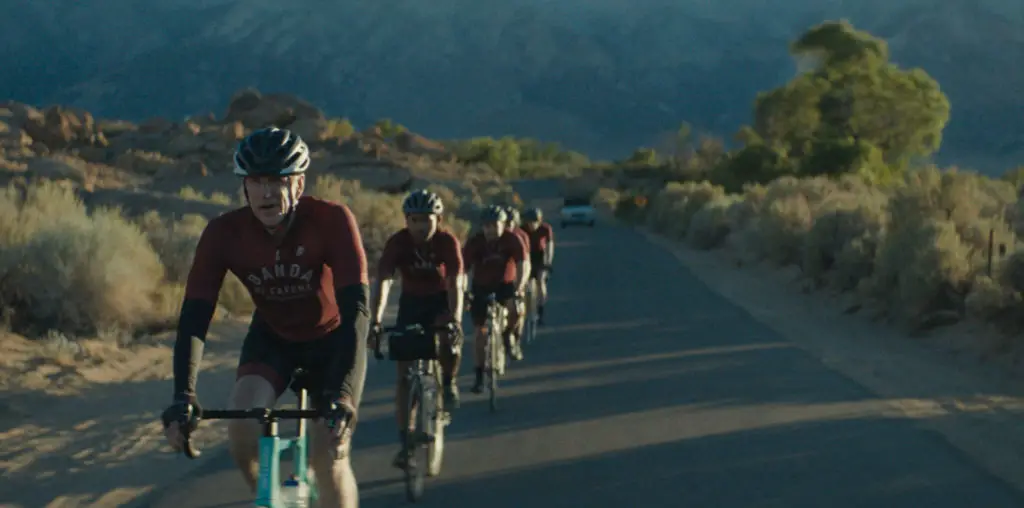
“Your Jesus is contaminated, the one you forced on us. You can have him”, barber Ernie Chambers candidly tells the interviewer in a very engrossing preamble. One aspect of “A Time for Burning” that one must remember is that the Lutheran church council whom made the decision to include the black community as a portion of the followers of their church, based their decision not entirely on noble concepts, but basically on more political concepts. One member of the council explains that they want to keep up to date on the progression in times so they won’t miss out on the “idea” of the black community being included in every facet of worship.
But beyond this decision that would help the church more so than the black culture, is a very in-depth exploration of the churches attempts to side-step the community’s reaction and invite more ethnic parishioners, while the council of the Hope church try to decide if they want to worship alongside people whom treat them as sub-human. It’s no shock why “A Time for Burning” was controversial, and timeless, because Jersey explores so many thoughts and insight from both standings of the issue, and the monumental consequences upon that decision. In one scene, a man in the barbershop explains that instead of fighting Vietnamese, they should fight the real enemy that poses a threat to them: the white man. Such an opinion in this day would be considered rather risqué, but Jersey features it in its bold truth.
And ironically enough, the insight that’s attempted within the documentary toward both sides of the issue, only really picks up when we’re in the barbershop with Ernie Bruce who discusses the issue with his customers. Bruce is an elegant speaker and truly knows how to lead his contemporaries into thought-provoking conversation and debate. Would you want to worship alongside people whom still view you as sub-human in spite of inviting you? Would you want to face the consequences to worship in a public place? The church council (whom refer to blacks as Nigroes) upon this political decision finally realized that on the cusp of the new decade, the world was changing. The black culture was finally being accepted into society, and though, it still took a number of years, it was time for the church to progress.
What’s so stunning about this film is why it took the council so long to accept blacks in to their church when they basically worshipped the same entity and abided by the same concept. As Bruce says, “We’re fighting ignorance in a place where there should be the most enlightenment.” Bruce creates the most tension, yet manages to shed the most insight not only towards his own people, but in bringing to light the mere stupidity in the fact that two churches with one faith could not combine forces and unite as worshippers. Jersey’s film is still, to this day, a ballsy introspective study into a very powerful issue that’s rather subversive, and comprised of footage that’s never interrupted by narration or crafty editing. Accounts of issues such as this need to be seen by everyone, whether you’re Christian, Lutheran, or even atheist, because this is what America was, and still is. What effect did this issue have on America? Equality. Oh, boy. We can’t have that.
